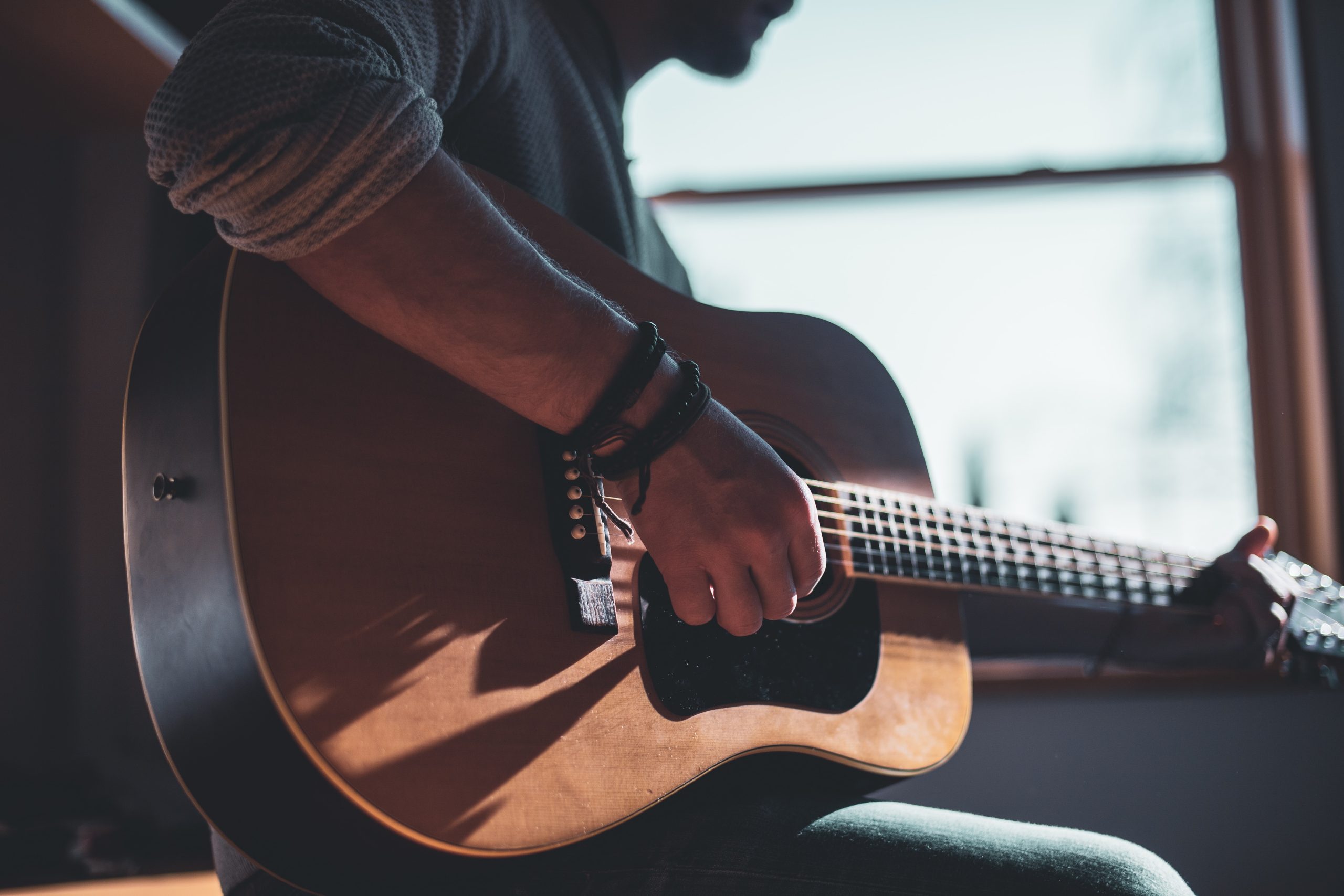Whether you’re a beginner or an experienced guitarist, knowing how to tune a guitar is essential for producing great sound and playing in tune with other musicians. Tuning a guitar may seem like a daunting task for beginners, but with practice and the right techniques, it becomes easier and quicker. In this article, we will explore different methods of tuning a guitar, the importance of proper tuning, and answer frequently asked questions to provide a comprehensive guide on how to tune a guitar.
How to Tune a Guitar
Tuning a guitar involves adjusting the tension of the strings to match specific notes or pitches. There are several methods to achieve this, but the most common method is using a guitar tuner. A guitar tuner helps identify the pitch of each string and guides you to tighten or loosen the string accordingly.
To tune a guitar using a tuner, follow these steps
Step 1: Turn on the tuner and select the correct mode (guitar mode).
Step 2: Play the low E string (the thickest string) and observe the tuner’s response. It will display whether the string is too high or too low in pitch.
Step 3: Adjust the tuning peg for the low E string to match the desired pitch. Turn the peg clockwise to tighten the string and raise the pitch, or counterclockwise to loosen the string and lower the pitch.
Step 4: Repeat this process for all the remaining strings (A, D, G, B, and high E).
Step 5: Once all the strings are in tune, play a few chords or notes to ensure the overall sound is balanced and in tune.
Types of Tuning Methods
There are several tuning methods for guitars, depending on the genre of music, personal preference, or specific song requirements. The most common tuning method is standard tuning, which is widely used in various music genres. Standard tuning is as follows (from low to high): E, A, D, G, B, E.
Other popular tuning methods include
– Drop D tuning: The low E string is tuned down to D. This tuning is commonly used in rock and metal music to create heavier and lower sounds.
– Open tuning: The guitar is tuned to form a chord when strummed openly. Open tunings are popular in slide guitar playing and certain genres like blues and folk.
– Half-step down tuning: Each string is tuned half a step lower than standard tuning. This tuning is often used by bands and artists for a slightly lower and heavier sound.
– DADGAD tuning: The guitar is tuned to DADGAD, providing an open and unconventional sound. This tuning is popular in Celtic and folk music.
The Importance of Tuning a Guitar
Tuning a guitar is crucial for several reasons
1. Sound quality: A properly tuned guitar produces better sound quality and enhances the overall musical experience.
2. Playing with others: When playing with other musicians, being in tune ensures all instruments blend harmoniously.
3. Ear training: Tuning a guitar by ear improves your musical ear and helps you recognize different pitches and intervals.
4. Learning songs: Many songs require specific tunings, and tuning your guitar correctly allows you to play these songs accurately.
5. Professionalism: Properly tuning your guitar demonstrates professionalism and attention to detail, whether performing live or recording.
Frequently Asked Questions (FAQs)
What is the standard tuning for a guitar?
The standard tuning for a guitar is E, A, D, G, B, E (from low to high).
How often should I tune my guitar?
You should tune your guitar every time you play it, as the strings can gradually go out of tune due to various factors like temperature, humidity, and playing intensity.
What are the different types of tuners available?
There are various types of tuners available, including clip-on tuners, pedal tuners, mobile apps, and online tuners.
How can I tune my guitar without a tuner?
You can tune your guitar without a tuner by using a reference pitch, such as a piano or another already tuned guitar, or by using an online tuner or mobile app.
What happens if I don’t tune my guitar properly?
If you don’t tune your guitar properly, it will sound out of tune, making it difficult to play with others or learn songs accurately.
Can I use a piano to tune my guitar?
Yes, you can use a piano to tune your guitar by matching the strings’ pitch to the corresponding notes on the piano.
Is it necessary to have a high-quality tuner?
While a high-quality tuner can provide more accurate readings, even basic tuners can help you achieve proper tuning. It is important to choose a tuner that suits your needs and budget.
Should I tune my guitar by ear or using a tuner?
Using a tuner is recommended, especially for beginners, as it provides precise readings. However, tuning by ear develops your musical ear and is a valuable skill to acquire.
Can I use an electric guitar tuner for an acoustic guitar?
Yes, you can use an electric guitar tuner for an acoustic guitar, as the tuning process remains the same for both types of guitars.
How long does it take to learn how to tune a guitar?
Learning how to tune a guitar can take some time initially, but with regular practice, it becomes quicker and easier. Most beginners can learn to tune a guitar within a few weeks.
Are there any alternative methods to tune a guitar?
Yes, there are alternative methods like harmonics tuning, where you use the 5th or 7th fret harmonics to match the pitch of an open string.
How does humidity affect the tuning of a guitar?
Humidity can cause the wood of the guitar to expand or contract, affecting the tension of the strings and potentially throwing the guitar out of tune. It is important to store and maintain your guitar in a controlled environment to minimize the impact of humidity.

